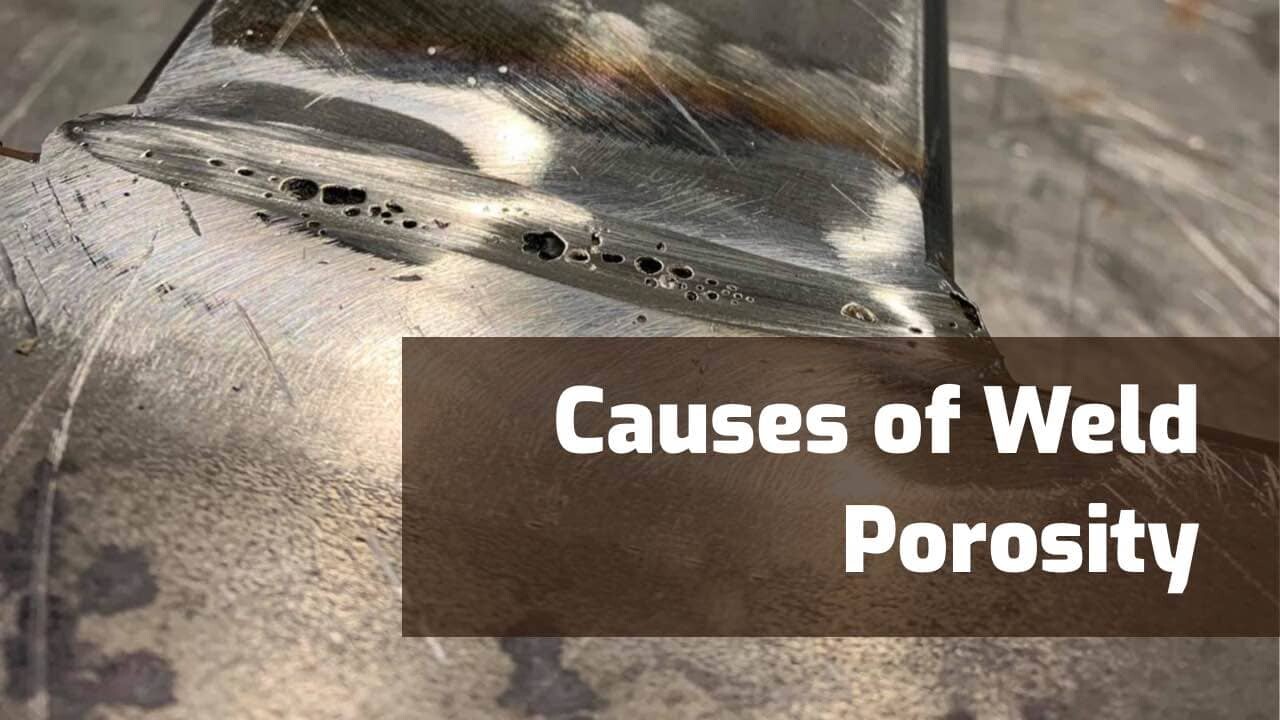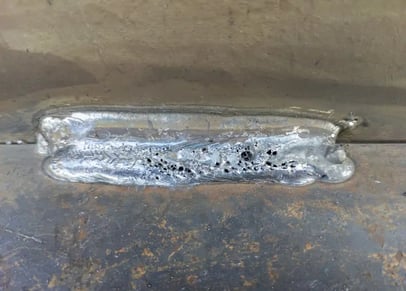Professional Guidance on What is Porosity in Welding and Just How to Address It
Professional Guidance on What is Porosity in Welding and Just How to Address It
Blog Article
Recognizing Porosity in Welding: Discovering Causes, Effects, and Avoidance Strategies
Porosity in welding is a persistent obstacle that can substantially affect the high quality and stability of welds. As professionals in the welding industry are well mindful, recognizing the causes, effects, and avoidance techniques connected to porosity is vital for accomplishing robust and reliable welds. By delving right into the origin of porosity, analyzing its detrimental results on weld top quality, and checking out efficient prevention methods, welders can enhance their understanding and skills to create high-grade welds regularly. The intricate interaction of variables contributing to porosity requires a comprehensive understanding and an aggressive method to ensure successful welding results.
Common Root Causes Of Porosity
Porosity in welding is mainly triggered by a mix of elements such as contamination, incorrect protecting, and insufficient gas insurance coverage during the welding process. Contamination, in the type of dust, oil, or corrosion on the welding surface, produces gas pockets when heated up, causing porosity in the weld. Improper securing occurs when the securing gas, typically made use of in procedures like MIG and TIG welding, is unable to totally protect the liquified weld pool from reacting with the surrounding air, resulting in gas entrapment and succeeding porosity. In addition, insufficient gas protection, typically due to incorrect circulation prices or nozzle positioning, can leave components of the weld unguarded, allowing porosity to create. These factors collectively add to the development of voids within the weld, weakening its honesty and potentially triggering architectural issues. Understanding and addressing these typical causes are vital actions in preventing porosity and ensuring the quality and toughness of welded joints.
Impacts on Weld Quality
The presence of porosity in a weld can dramatically jeopardize the general top quality and integrity of the bonded joint. Porosity within a weld produces spaces or dental caries that damage the structure, making it extra susceptible to splitting, rust, and mechanical failure.
Moreover, porosity can hinder the performance of non-destructive testing (NDT) methods, making it challenging to find other problems or suspensions within the weld. This can cause substantial safety concerns, especially in essential applications where the architectural stability of the bonded elements is vital.

Avoidance Techniques Summary
Provided the detrimental impact of porosity on weld top quality, reliable avoidance strategies are crucial to maintaining the architectural integrity of welded joints. Furthermore, get more choosing the suitable welding criteria, such as voltage, present, and travel speed, can assist minimize the threat of porosity formation. By integrating these prevention strategies right into welding techniques, the event of porosity can be significantly lowered, leading to more powerful and extra trustworthy bonded joints.
Significance of Correct Protecting
Appropriate securing in welding plays a critical duty in stopping climatic contamination and ensuring the integrity of welded joints. Shielding gases, such as argon, helium, or a combination of both, are commonly utilized to safeguard the weld pool from reacting with components airborne like oxygen and nitrogen. When these reactive elements enter into contact with the hot weld swimming pool, they can cause porosity, resulting in weak welds with minimized mechanical residential or commercial properties.

Insufficient shielding can result in different defects like porosity, spatter, and oxidation, endangering the architectural stability of the welded joint. Therefore, sticking to correct securing methods is vital to produce top notch welds with marginal flaws and ensure the click for more info longevity and integrity of the bonded elements (What is Porosity).
Monitoring and Control Techniques
How can welders efficiently keep track of and manage the welding process to ensure ideal results and avoid defects like porosity? By continuously monitoring these variables, welders can identify variances from the excellent conditions and make immediate modifications to stop porosity development.

In addition, carrying out proper training programs for welders is crucial for keeping an eye on and managing the welding procedure effectively. What is Porosity. Enlightening welders on the value of keeping consistent specifications, such as correct gas securing and travel rate, can help avoid porosity problems. Normal evaluations and certifications site web can likewise ensure that welders are skillful in surveillance and managing welding processes
Additionally, using automated welding systems can improve surveillance and control capabilities. These systems can exactly regulate welding parameters, lowering the chance of human mistake and guaranteeing consistent weld quality. By incorporating advanced surveillance modern technologies, training programs, and automated systems, welders can successfully check and control the welding process to minimize porosity flaws and accomplish high-grade welds.
Verdict

Report this page